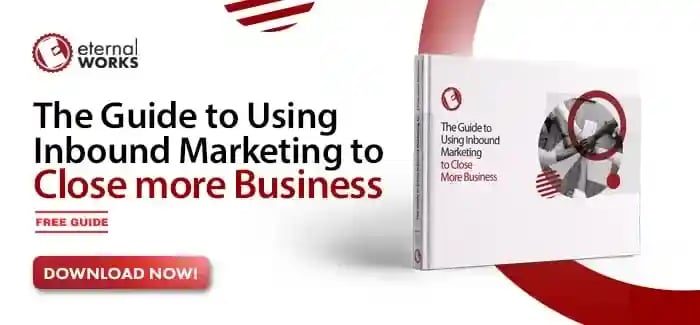Understanding how best to leverage your inbound marketing and sales pipelines means understanding the kinds of website traffic and brand awareness at your disposal.
As organizations evolve and grow, it becomes necessary to refine lead generation strategies accordingly—and a key element in that conversation is understanding when buyer-driven sales are the weapon of choice and when product-driven sales are in play.
At face value, much of this can seem to depend on where your business is in its growth journey, yet—like so many aspects of any entrepreneur team or marketing agency—the realities are far more nuanced.
Let’s explore this topic in more depth.
What are Buyer-Driven Sales?
Buyer-driven sales are based on strategies put forward by marketing agencies that aim to understand consumers’ expectations and shape the products and services being offered accordingly.
Here, understanding your customers, their needs, and their wants—their jobs to be done, as the theory goes—is the key to success. Get this right, and you can unlock powerful customer loyalty, high levels of repeat business, and a brand identity of trustworthiness and prestige.
What are Product-Driven Sales?
When an organization develops a new product based on internal innovation, research and development, or simply a desire for that product to exist, product-driven sales are what will help move those goods in the market.
Marketing agencies working under a product-driven sales approach seek to promote to new leads and convert them into finding the product appealing enough to want to buy it.
This comes to the fore in strategies such as that of Steve Jobs, who believed in giving the customer what they want before they realize they want it. Even that approach, however, has deeper facts to consider—as does comparing product-driven sales versus buyer-driven sales for your inbound marketing strategy.
How is a Buyer-driven sale different from a Product-driven sale?
Many businesses, especially in economic times as uncertain as ours, are happy for a sale to be a sale and to call it a day. Yet true growth and success come from making use of effective inbound marketing to understand which aspects of lead generation are buyer-driven sales and which are product-driven.
Advantages
Advantages of Buyer-Driven Sales
Because buyer-driven sales inherently lean on the insights and data that an organization cultivates in order to optimize lead generation, a positive organic by-product is that you may well enjoy a closer rapport with your customer base.
Consumers who feel heard and understood will stick by those organizations that seem to be developing products and services most aligned with their interests.
Advantages of Product-Driven Sales
Product-driven sales are often a gesture of confidence, especially if you are bringing a truly new innovation to the market.
Inbound marketing for product-driven sales leans on the fact that you are convincing customers that what you have to offer enhances their personal or working lives in some way.
The great news here is that a well-presented case will create a deep connection and sense of loyalty to your firm, which is great for brand awareness.
Disadvantages
Disadvantages of Buyer-Driven Sales
While inbound marketing that leverages buyer-driven sales and marketing insights can enjoy a powerful position—even to the extent that your customers are clamoring for your next product launch months in advance—it can also accidentally stifle innovation.
Relying on the feedback and expectations of customers alone can encourage an almost codependent relationship of sorts, potentially giving another player in the market the chance to create something disruptive that nobody expected.
Disadvantages of Product-Driven Sales
Perhaps the most immediate and striking example of how product-driven sales can fail is that even with the best inbound marketing available, a company can simply create something the market doesn’t need or want.
Less drastically, product-driven sales can also prove to be more temperamental as far as brand awareness and customer loyalty are concerned.
How to choose the best sales and marketing approach for your business
Naturally, the best inbound marketing approach and most viable marketing strategy will vary over your company’s lifetime. If you’re unsure which strategy is best today, consider the following tips.
When to use Buyer-Driven Sales
A buyer-driven sales approach to inbound marketing works in harmony with effective social media engagement for an overall ease of communication between you and your target demographic audience. It’s all about identifying what is missing in the market and filling that niche.
When to use Product-Driven Sales
Companies with radical new ideas or highly effective solutions to problems or who are simply functioning as newcomers in their respective markets can use product-driven sales to tremendous effect.
Key Takeaways
Knowing when to leverage buyer-driven sales versus product-driven strategies in your inbound marketing strategy is all about developing and in-depth understanding of your potential buyers.
Need to know how to attract your ideal customer? We’ve got you covered—and so has our free ebook, where we dive deep into optimizing your strategies.



